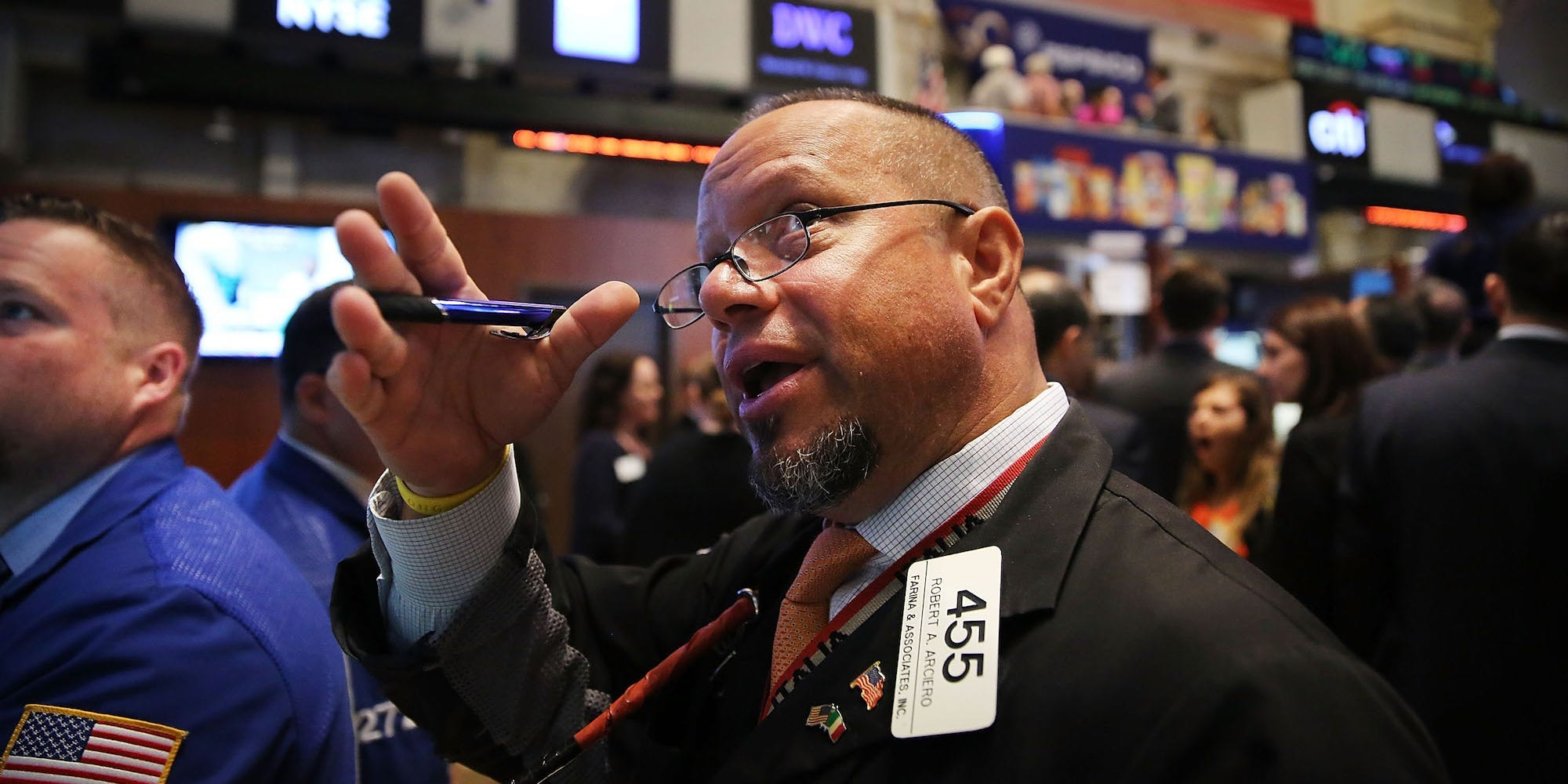The artificial intelligence boom could turn into “absolute insanity” if a stock market bubble forms, according to TS Lombard.The investment firm outlined the three key ingredients needed to create a stock market bubble.”The AI frenzy… in the past few weeks has the hallmarks of a potential bubble. But we are not in one right now,” TS Lombard said. Loading Something is loading.
Thanks for signing up!
Access your favorite topics in a personalized feed while you’re on the go.
Artificial intelligence has emerged on Wall Street as the new theme that is driving stock market prices higher, and it could turn into “absolute insanity” if a bubble eventually forms, according to a note this week from TS Lombard.
The firm said that there are three key ingredients needed to form a stock market bubble, but one of them is currently missing, leading them to conclude that stocks are not yet in a bubble… yet.
Those three ingredients are:
“A solid fundamental story.””A compelling narrative for future growth.””Liquidity, leverage, or both.” “The hype around AI risks creating the second tech bubble in just three years. However, there are no signs of ‘absolute insanity’ in stocks, at least for now,” TS Lombard’s Andrew Cicione said.
While the hype surrounding AI and its growth potential meet the first two criteria of the stock market bubble checklist, the last ingredient of liquidity and leverage appear to be missing. Investors can thank the Federal Reserve’s ongoing balance sheet reduction plan for that.
“Unlike in 2020, central banks are shrinking their balance sheet. Narrow money is shrinking in most major economies, and broad money is decelerating fast,” Cicione said.
Meanwhile, investor leverage has cratered over the past year as the stock market suffered a painful bear market throughout 2022, with absolute FINRA margin debt seeing a bigger decline today than during the 2008 Great Financial Crisis.
Another factor that’s limiting the formation of a bubble is that fewer people are sitting at home speculating on the stock market today than they were during the COVID-19 pandemic in 2020 and 2021.
“Margin debt and options open interest data suggest that it is not speculation that has been driving tech stocks to their recent highs. This is good news: leverage-fueled rallies are very vulnerable to panic and forced selling,” Cicione said.
On the valuation front, TS Lombard highlighted that while AI stocks have driven much of the stock market’s performance over the past two months, evidenced by the massive surge seen in Nvidia and other semiconductor stocks following the company’s bullish revenue guidance, some valuations have actually declined.
For example, while Nvidia has surged more than 160% year-to-date, analysts’ profit estimates for the company have soared, ultimately bringing its forward price-to-earnings ratio down to levels seen at the start of the year.
“Nvidia’s quarterly results blowing analysts expectations have led to massive EPS upgrades. As a result, valuations have actually cheapened despite a 30%+ rally following the news,” Cicione explained. “Valuations in tech companies are cyclically high but are not at the outrageous levels they reached in 2020-2021.”
Finally, Cicione warned that as promising as the prospect of AI sounds to investors, they should be cognizant of the fact that first movers don’t always emerge as the long-term winner, as evidenced by the boom and bust of dot-com tech companies in 2000.
So, while the AI frenzy “has the hallmarks of a potential bubble… we are not in one right now,” Cicione concluded.
